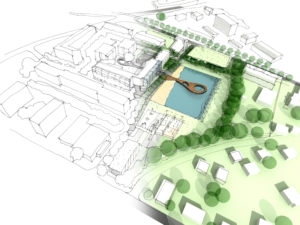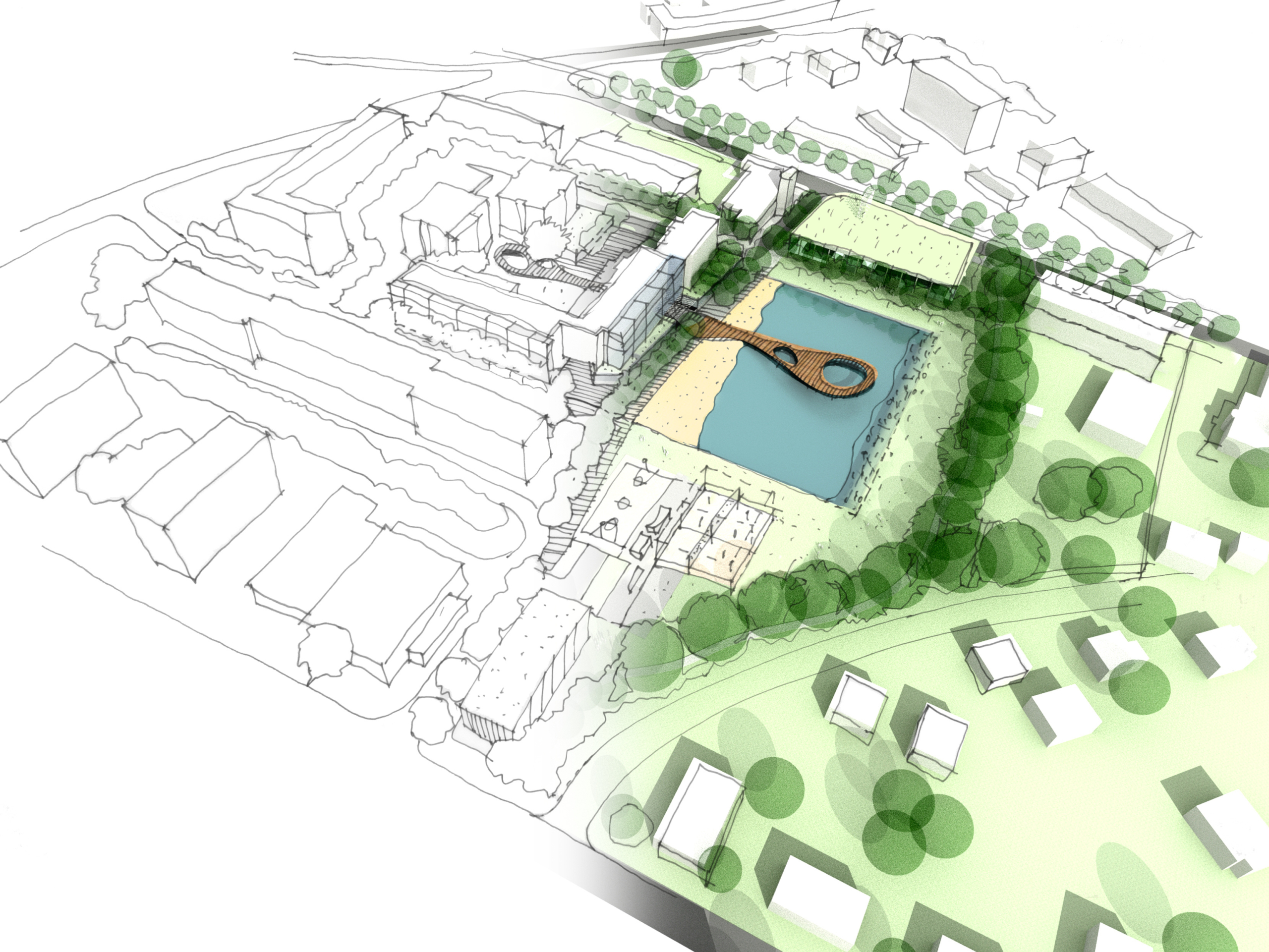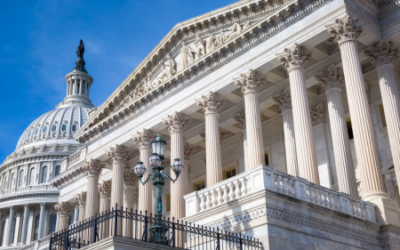
The U.S. Department of Housing and Urban Development (HUD) oversees the Community Development Block Grant (CDBG) Program that invests federal revenues in local projects. Over the years, it has become one of the most sought-after funding sources by local governments, and in 2022, it received a $295 million increase over last year’s funding allocations. This program is critically important to public officials because it funds thousands of projects annually.
Many companies that collaborate with governmental entities understand the program, but sadly many others do not. Many taxpayers, nonprofit organizations, and citizens are unfamiliar with the broad range of capabilities that exist with the CDBG Program.
An abundance of CDBG funding is earmarked for projects that promote various types of needs, including equity and community resilience. Many regional initiatives already are receiving funding, and new awards are being announced regularly. Projects related to infrastructure improvement, economic development, community resilience, housing rehabilitation, and clearance or acquisition efforts are all eligible for CBDG funding.
In February, 45 awards totaling $38 million were awarded to qualifying projects in Massachusetts. Two separate CDBG awards of $825,000 outline a couple of the state’s immediate needs.
The city of Greenfield received approval for the construction of an infrastructure improvement project. It will be scoped to benefit a region of 2,200 residents — the majority of which have incomes in low to moderate ranges. The other CDBG award of equal value for North Adams, Massachusetts, gives city officials the resources to start design work on several citywide infrastructure improvements.
In Chaves County, New Mexico, officials are pursuing support from HUD’s CDBG funding for construction of a 10,000- to 12,000-square-foot public health facility. Preliminary conceptual work and planning efforts have been assigned a projected cost of $3.5 million. Although the project is in the earliest stage, it should move quickly.
Pennsylvania’s Indiana County has applied for CDBG funding of $2 million that will be used to begin the initial work for a broadband project. The objective will be to extend internet access across rural areas where citizens are underserved. This particular initiative fulfills a CDBG program requirement that at least 70 percent of the funding allocation will support low- to middle-income individuals with housing, job creation, public service, or infrastructure accessibility.
Not only does the federal government fund the CDBG grant program, but additional funding also flows into the program from private sector investors who support and fund local projects through the Loan Guarantee Program. That particular part of CBDG leverages low-risk, long-term repayment periods to draw interest from private investors in qualifying projects.
A new recreation center in Hoboken, New Jersey, will receive CDBG funding. Last year, the city’s $3 million acquisition of a two-story facility, the Jubilee Center, received funding through the HUD program. City leaders plan to release documents soon for that design work. As the design stage proceeds, with more support from CDBG financing, officials will seek community input and then launch solicitation documents.
In Illinois, private-sector funding through the CDBG program is being used to underwrite fire department-related developments in the city of Pekin. Officials there will launch a project that includes the purchase of fire apparatus along with all costs associated with fire facility design and construction.
HUD’s current CDBG program also encompasses disaster recovery and mitigation efforts. Both programs have multi-billion-dollar annual allocations. The federal funds support community-focused mitigation and recovery efforts in response to natural disasters.
Another part of the CDBG program offers substantial relief funding after any disaster that qualifies for a Presidential emergency designation. When that happens, Congress appropriates funding to the CDBG program in response to disaster-related needs. The funding then is allocated to the affected regions for activities that protect against the impacts of future natural disasters by building resilience or reducing the risks of death, injury, property damage, and hardship.
Large sums of funding of this type are currently flowing to states such as Louisiana because past natural disasters justify future resiliency work and other precautions. The HUD program’s 2020 allocation of $1.2 billion for Louisiana’s vulnerability to flood risk continues to fuel opportunities for industry specialists and contracting firms.
Texas also has received significant CDBG funding. In February, the Coastal Bend Council of Governments (CBCOG) held a public planning meeting to decide how to spend an allocation of nearly $180 million. The CBCOG will receive public comments on this topic and then will issue a preliminary distribution document to the Texas General Land Office for approval.
HUD’s CDBG programs fund numerous types of regional, local, and statewide projects. Public officials are aware of this coveted program. Many government contractors, however, are not as knowledgeable about how it works. For the most successful collaborative initiatives, it is advisable for companies of all sizes to understand the CBDG funding program. It is just as important for citizens and taxpayers throughout the U.S. to appreciate this program because it brings excellent value to communities throughout the U.S.







